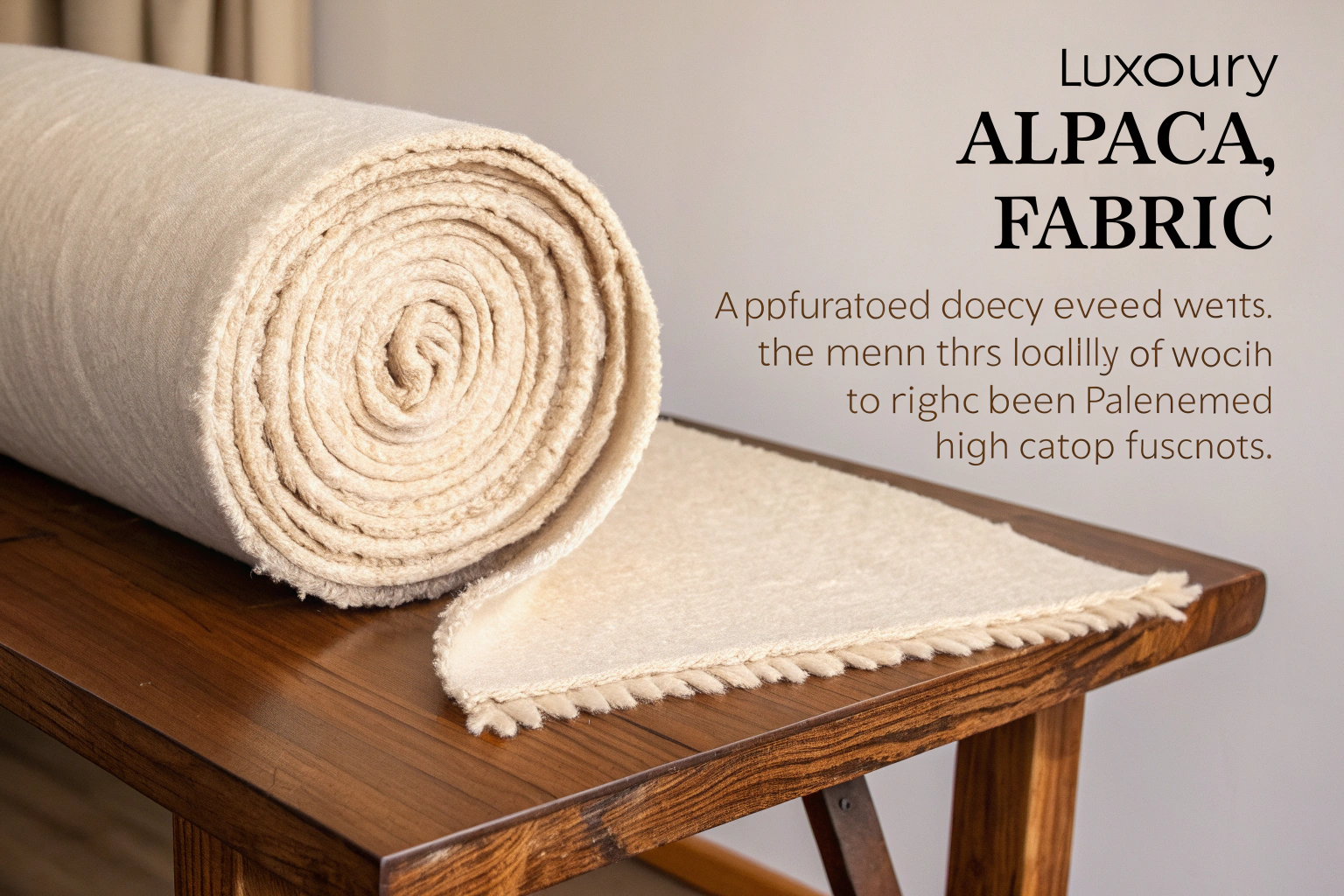Alpaca fabric is capturing the attention of designers and consumers worldwide. If you're sourcing premium materials for a luxury fashion line, you've likely heard the buzz. But what exactly sets this fiber apart in a crowded market of natural textiles? As a fabric supplier with over two decades of experience, I see a growing demand for fibers that offer both exceptional quality and a compelling story. Understanding the true value of alpaca wool is key to making informed sourcing decisions for high-end collections.
Alpaca fabric is a luxurious textile made from the fleece of the alpaca animal, renowned for its softness, durability, and exceptional thermal properties. It is considered premium due to its rarity, superior performance compared to common wools, and its ethical and sustainable production credentials, making it a top choice for high-end fashion and conscious consumers. This unique combination of benefits justifies its position in the luxury market.
For buyers navigating the complexities of sourcing, the appeal of alpaca goes beyond mere softness. It represents an opportunity to invest in a material that delivers tangible performance and aligns with modern values. Let's unravel the reasons behind its elite status and how it can elevate your product offerings.
What are the key characteristics of alpaca wool?
Alpaca wool possesses a unique set of physical properties that directly contribute to its premium status. For any serious buyer, understanding these technical characteristics is crucial for evaluating its suitability for your projects. The fiber's performance is rooted in its microscopic structure, which differs significantly from sheep's wool and other animal fibers.
The key characteristics that define alpaca wool are its incredible softness, lightweight warmth, strength, and hypoallergenic nature. Unlike sheep's wool, alpaca fibers contain no lanolin and have a smoother scale structure, resulting in a fabric that is not itchy, remarkably warm for its weight, and resistant to pilling and odors. This makes it exceptionally comfortable to wear and durable over time.
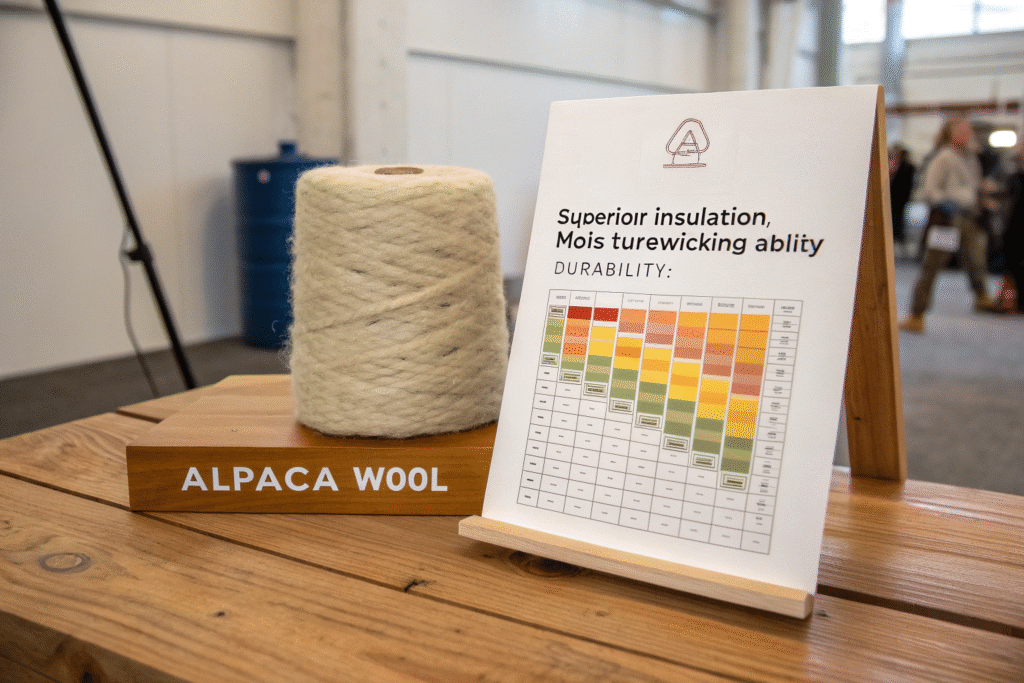
How does the structure of alpaca fiber contribute to its softness?
The exceptional softness of alpaca fiber is a result of its fine diameter and unique scale structure. Individual alpaca fibers are much finer than those of traditional sheep's wool, often comparable to cashmere. The scales on the surface of each fiber are less pronounced and smoother than those on wool. This means the fibers bend easily when touched and do not have the sharp edges that cause the prickly, itchy sensation associated with some wools. This smooth surface also gives alpaca fabric a characteristic silky luster. Furthermore, the hollow core of the fiber, a trait we will explore next, adds to the overall loft and soft hand-feel of the final fabric. For more detailed technical specifications on animal fibers, the International Wool Textile Organisation provides extensive resources.
Why is alpaca wool warmer than other fibers?
The superior warmth of alpaca wool is primarily due to the hollow core within each individual fiber. This microscopic air pocket acts as a superb insulator, trapping body heat much more efficiently than solid fibers. Think of it as nature's own advanced thermal technology. This structure makes alpaca garments remarkably warm without being heavy or bulky. A sweater made from alpaca will provide significantly more warmth than a similar sweater made from sheep's wool, making it ideal for high-performance winter wear and lightweight layering pieces. This hollow structure also contributes to the fiber's lightweight property. The Textile Institute often publishes research on the thermal properties of advanced materials, including natural fibers like alpaca.
How is alpaca fabric produced from farm to fabric?
The journey of alpaca fabric from the animal to the finished roll is a meticulous process that ensures quality and preserves the fiber's innate qualities. At our company, we have a deep appreciation for this supply chain, as it mirrors our commitment to end-to-end quality control. Understanding this process helps buyers appreciate the value and ethical considerations embedded in the final product.
Alpaca fabric production involves sustainable shearing, meticulous sorting by color and fineness, spinning into yarn, and finally, weaving or knitting into textile. The process is often more hands-on and small-scale compared to mass-produced wool, emphasizing quality over quantity, which is a key factor in its premium positioning. Ethical farming practices are integral, as the well-being of the animal directly impacts the quality of the fleece.
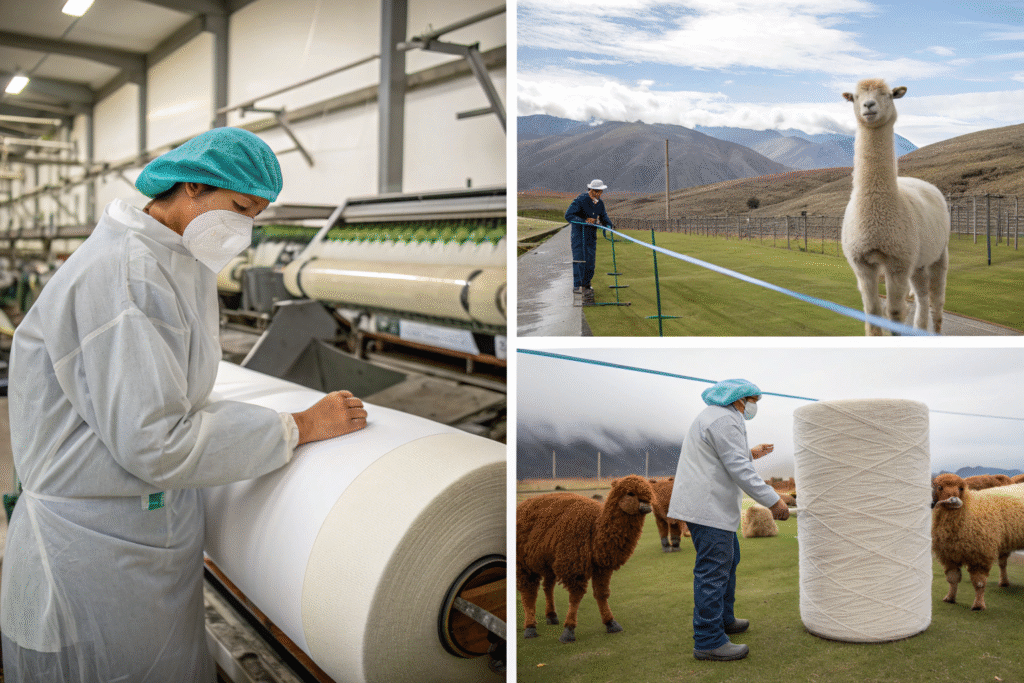
What are the steps in sustainable alpaca shearing and sorting?
The process begins with annual shearing, which is essential for the health of the alpaca and is done without harm. The fleece is then sorted by hand—a critical step. Skilled graders separate the fiber by its natural color (which comes in over 22 shades, from white to black) and, most importantly, by its fineness. The finest fiber comes from the blanket of the animal and is classified as "baby alpaca," which is exceptionally soft. This manual sorting ensures that only the highest-quality fibers of consistent diameter are bundled together for spinning. This attention to detail at the raw material stage is what sets the foundation for a superior fabric. Organizations like the Sustainable Apparel Coalition work on standards that encompass such ethical sourcing practices.
How is alpaca yarn spun and woven into fabric?
After sorting, the fibers are cleaned (without harsh chemicals, as there is no lanolin to remove) and carded to align them. They are then spun into yarn. The spinning technique—whether worsted or woollen—affects the final fabric's hand and appearance. Weaving or knitting transforms the yarn into fabric. At Fumao, we work with specialized partners who use state-of-the-art, low-tension looms to create delicate weaves like twills and jacquards that highlight the drape and luster of alpaca. This careful manufacturing prevents damage to the delicate fibers, ensuring the final fabric retains all its natural benefits. Information on advanced weaving techniques can be found through resources like Textile World.
What are the advantages of alpaca over cashmere and sheep's wool?
When selecting a luxury fiber, it's essential to compare options. Alpaca stands out strongly against its two main competitors: cashmere and sheep's wool. From a sourcing perspective, alpaca offers a compelling blend of luxury, practicality, and value that is hard to match.
Alpaca offers distinct advantages over cashmere and sheep's wool in terms of durability, sustainability, and consistent supply. It is stronger and more resilient than cashmere, yet softer and hypoallergenic compared to many sheep's wools. Additionally, alpacas have a lower environmental impact than cashmere goats, making it a more sustainable choice for the long term. This balance makes it a smarter investment for brands looking for lasting quality.
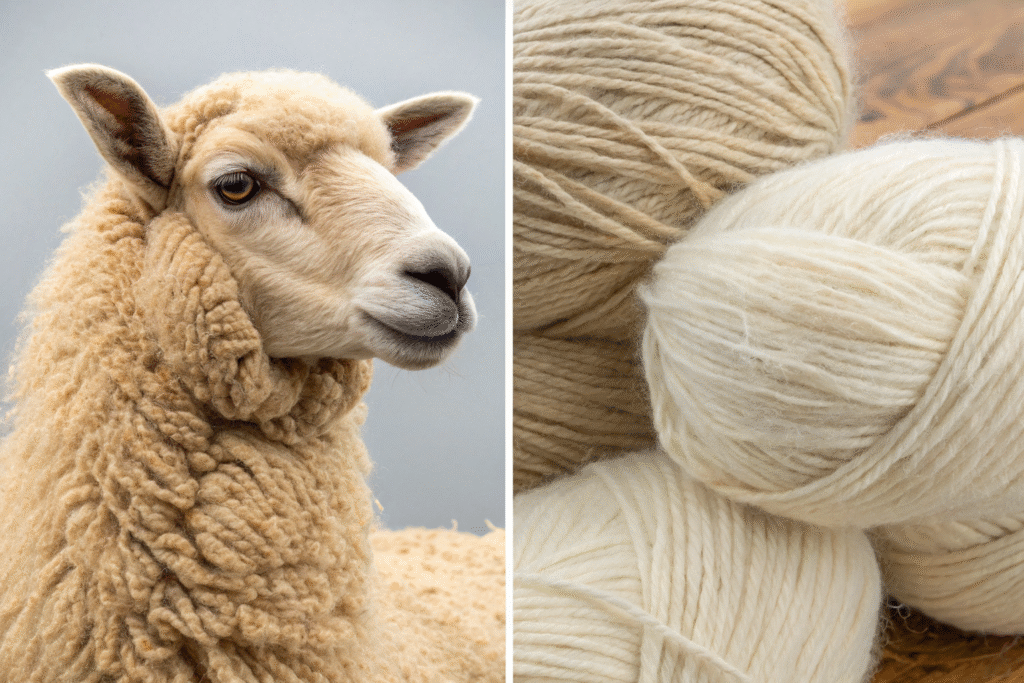
Why is alpaca considered more durable than cashmere?
The durability of alpaca stems from the inherent strength of its fiber. Alpaca fibers have a higher tensile strength than cashmere fibers. This means garments made from alpaca are less prone to pilling, stretching out of shape, or wearing thin at the elbows and cuffs over time. For you, this translates to a longer product lifecycle and higher perceived value for your customers. While cashmere is incredibly soft, its delicate nature often requires delicate care. Alpaca provides a similar level of softness with the ruggedness needed for everyday luxury. This makes it an excellent choice for items like sweaters, coats, and accessories that need to retain their beauty season after season.
How does the environmental impact of alpaca compare?
Alpacas are inherently more sustainable than cashmere goats. They are gentle grazers that nibble grass without pulling it up by the roots, which helps prevent soil erosion. Cashmere goats, on the other hand, are known to be more destructive to fragile grassland ecosystems, particularly in Mongolia and China. Furthermore, a single alpaca produces significantly more fleece by weight than a cashmere goat. This means you need fewer animals to produce the same amount of fiber, reducing the overall environmental footprint. For brands increasingly focused on sustainability, alpaca offers a luxurious story that aligns with eco-conscious values. The Textile Exchange offers reports on preferred fibers and their environmental metrics.
How can I source high-quality alpaca fabric for my brand?
Sourcing a premium material like alpaca fabric requires a partner who understands both the raw material's nuances and the demands of commercial production. As a buyer, your key concerns—consistent quality, reliable supply, ethical certification, and logistical support—must be addressed by your supplier.
To source high-quality alpaca fabric, partner with a supplier that offers transparency about the fiber's origin, provides necessary certifications, and has robust quality control systems. Look for a manufacturer with experience handling delicate luxury fibers and the capability to offer blends or custom developments to meet your specific design and budget needs. A true partner will guide you through the selection process.
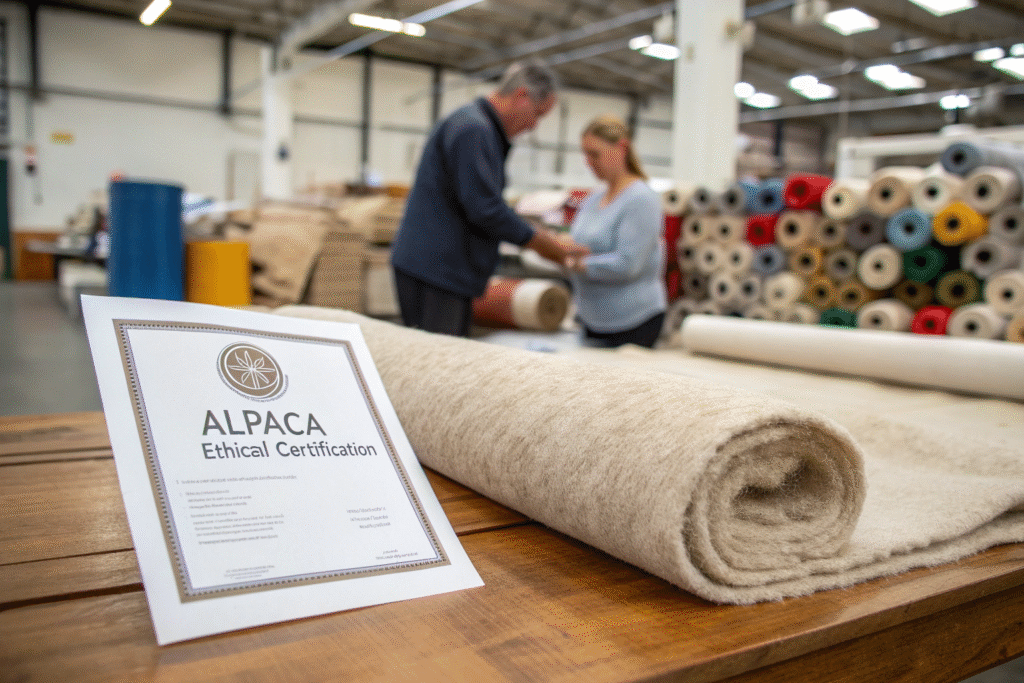
What certifications should I look for when sourcing alpaca?
When sourcing, prioritize suppliers who can provide certifications that verify quality and ethics. The most important is often the Certified Animal Welfare Approved seal or similar, which ensures the alpacas were raised according to high welfare standards. For the fiber itself, look for testing reports from independent labs like SGS that confirm fineness (micron count), purity, and color. While there isn't a single global "alpaca" certification, reputable suppliers will be transparent about their supply chain and provide documentation to back their claims. This due diligence protects your brand and guarantees the authenticity of your product.
What value-added services should a reliable alpaca fabric supplier offer?
A reliable supplier goes beyond just selling fabric. They should offer value-added services that streamline your production. At Fumao, this includes our CNAS-accredited lab testing for every batch, ensuring performance metrics like colorfastness and shrinkage meet international standards. We also provide small-batch customization, allowing you to develop exclusive blends—for instance, alpaca mixed with silk for added sheen or with merino wool for cost optimization. Furthermore, we manage end-to-end logistics, including packaging and shipping, with full visibility. This integrated approach saves you time, mitigates risk, and ensures the premium fabric you source arrives ready for your cutting room.
Conclusion
Alpaca fabric stands as a premier choice in the world of textiles, offering an unmatched combination of softness, warmth, durability, and sustainability. Its unique properties, derived from the fiber's hollow structure and smooth surface, provide tangible benefits that resonate with discerning consumers. The careful, ethical production process from farm to fabric further enhances its value proposition for brands committed to quality and responsibility. When compared to other luxury fibers like cashmere, alpaca often presents a more practical and sustainable alternative without compromising on luxury.
Sourcing this exceptional material requires a knowledgeable partner who can ensure consistency, provide necessary certifications, and support your production needs. Understanding the full spectrum of alpaca's advantages empowers you to make informed decisions that will elevate your collections and strengthen your brand's position in the market.
If you are inspired to explore how alpaca fabric can enhance your next clothing line, we invite you to connect with us. Our team is ready to provide samples and discuss your specific requirements. For a personalized consultation on developing your premium apparel orders, please contact our Business Director, Elaine, at elaine@fumaoclothing.com. Let's collaborate to weave your vision into reality with the finest materials Asia has to offer.

